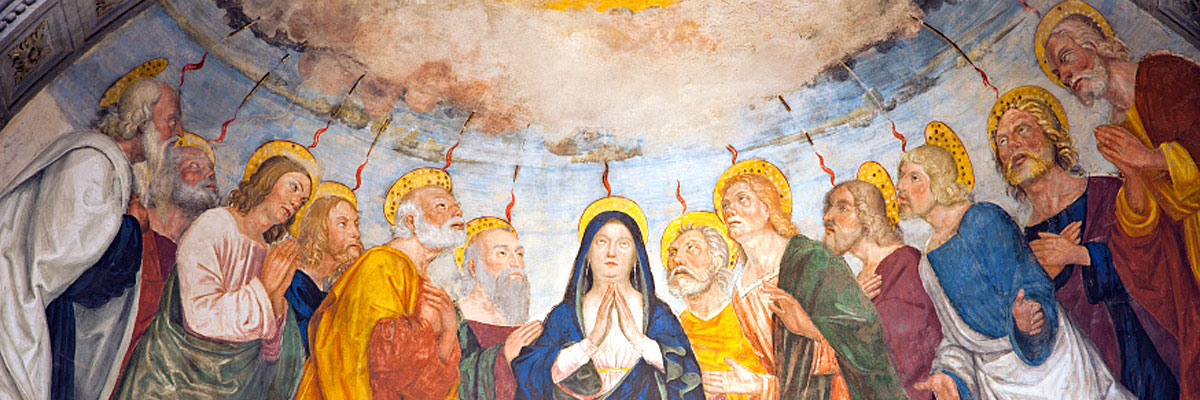
Understanding Our Church
A Treasury of Arkansas Writers Discussing the Catholic Faith
Official Website of the
Catholic Diocese of Little Rock
Priests are recommended for episcopacy by their bishops
Published: July 15, 2006
By Charlotte Miller
English Teacher, Mount St. Mary Academy
As the Diocese of Little Rock awaits the appointment of a new bishop, we might wonder how the new bishop will be selected. We might also wonder just what the role of the bishop is in the first place.
Contrary to what some might think, a bishop is not simply an ecclesiastical CEO, although certainly his administrative duties are daunting. Neither is a bishop the vicar of the pope, a vicar being one who acts in the place of another and with the authority of that person.
The bishop, whether a local bishop or the bishop of Rome, is a vicar of Christ himself and has as his primary responsibility the care of souls.
The episcopacy (office of bishop) began with Jesus’ Twelve Apostles, which is described in the Gospels (particularly Matthew, Mark and Luke), the Acts of the Apostles (Acts) and in a number of letters of St. Paul.
Specific documents that delineate the role of the bishop are the Catechism of the Catholic Church, the Dogmatic Constitution on the Church (Lumen Gentium), and the Decree Concerning the Bishops’ Pastoral Office in the Church (Christus Dominus).
The episcopacy (office of bishop) began with Jesus’ Twelve Apostles, which is described in the Gospels (particularly Matthew, Mark and Luke), the Acts of the Apostles (Acts) and in a number of letters of St. Paul.
While the office certainly was present in the early Church, the method of selecting a bishop has evolved over the millennia and now has very clear steps. The process begins when bishops submit to the archbishop of their province (a region consisting of an archdiocese and one or more dioceses) names of priests they believe would make good bishops. Prior to their province meeting, the archbishop distributes the names and curricula vitae (essentially resumés) of these priests.
After discussion at their meeting, the bishops vote on which names to recommend. The vote tally and the minutes of the meeting are then sent to the apostolic nuncio (the pope’s representative to both the national government and the Church hierarchy of a nation) in Washington, D.C., as well as to the United States Conference of Catholic Bishops.
The nuncio is responsible to gather and interpret information about the candidates for the Congregation for Bishops (a department of the Curia) in Rome. Names of the candidates are held in strictest confidence.
After completing these tasks, the nuncio shortens his list and sends a questionnaire to people who know the candidates. From all the information he gathers, the nuncio prepares a report and lists, alphabetically, three candidates. The nuncio indicates his preference and forwards all his documents to the Congregation for Bishops.
A congregation subgroup may make a recommendation if the decision is simply moving a bishop. If, however, a priest is going to be recommended for ordination to the episcopacy, the entire congregation votes. At this point, the congregation may approve the nuncio’s choice, select a different candidate from the terna (list of three candidates), or even request a new terna.
The prefect of the congregation then meets with the pope to share the recommendations. Within a few days, the pope informs the congregation of his decision, the congregation informs the nuncio, and the nuncio contacts the candidate.
The process is long, laborious and obviously painstaking. But the time and meticulousness safeguard the Church from serious errors in calling men to this most important post.



